Clay Art: The Ultimate Guide to Techniques, Tools, and DIY Projects
Discover everything you need to know about clay art—from the best types of clay and essential tools to step-by-step sculpting techniques and DIY project ideas for beginners and pros alike.
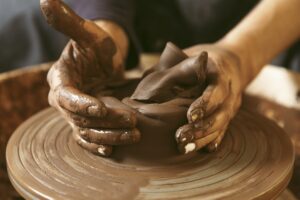
What is Clay Art?
Clay art is the creative practice of shaping and modeling clay into functional or decorative items. From ancient pottery and ceremonial artifacts to modern-day sculptures and DIY crafts, clay art has existed across cultures and eras. This tactile and versatile medium allows artists to express themselves in three dimensions—whether through pottery, figurines, tiles, or wearable art.
Today, clay art appeals to everyone from children and hobbyists to professional ceramicists and sculptors. The accessibility of materials like air-dry and polymer clay makes it easier than ever to start exploring your creative side through clay.
Types of Clay for Art Projects
Choosing the right clay is crucial for any successful clay art project. Below are the most commonly used types:
1. Air-Dry Clay
-
Ideal for: Beginners, kids, casual crafters.
-
Pros: No kiln required, dries naturally, easy to shape.
-
Cons: Fragile when dry unless sealed, limited durability.
-
Best for: Figurines, wall art, basic sculptures.
2. Polymer Clay
-
Ideal for: Jewelry, miniatures, small sculptures.
-
Pros: Oven-bakeable, vibrant colors, holds fine detail.
-
Cons: Not suitable for large pieces, can become brittle.
-
Popular brands: Sculpey, Fimo, Premo.
3. Ceramic Clay (Earthenware, Stoneware, Porcelain)
-
Ideal for: Pottery, ceramic sculpture, functional ware.
-
Pros: Extremely durable after kiln firing.
-
Cons: Requires a kiln and specific firing conditions.
-
Use for: Mugs, plates, vases, and professional ceramic art.
4. Oil-Based Clay (Plasticine)
-
Ideal for: Animation, modeling, practice.
-
Pros: Never dries out, reusable.
-
Cons: Cannot be fired or hardened permanently.
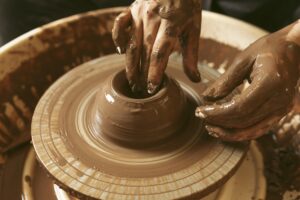
Essential Tools for Clay Art
You don’t need a studio full of tools to get started with clay art. Here are the basic tools to consider:
-
Modeling tools: For shaping, smoothing, and adding detail.
-
Needle tool or toothpick: For scoring, cutting, or fine detail.
-
Rolling pin: For slab work and flattening clay.
-
Loop tools: For carving and hollowing.
-
Sponge and water: To smooth surfaces and join pieces.
-
Paintbrushes and glazes: For decorating and finishing.
Advanced artists may also use:
-
Pottery wheel: For throwing symmetrical forms.
-
Kiln: For firing ceramic clay.
-
Extruder: For creating consistent shapes like coils and tubes.
Clay Art Techniques for Beginners and Beyond
Mastering different clay techniques opens the door to more advanced projects and designs. Here are some of the most popular methods:
1. Pinch Pot Technique
This is the simplest method—pinch the clay between your fingers to form a hollow vessel. Perfect for making bowls and cups.
2. Coiling
Create long, rope-like pieces of clay and coil them to build up walls. Smooth the surface for a refined look or leave the coils exposed for a rustic design.
3. Slab Building
Roll clay into flat slabs, then cut and assemble them to form boxes, tiles, trays, or wall hangings. Use slip and scoring to join edges securely.
4. Throwing on the Wheel
Used in pottery, this technique shapes clay into symmetrical forms on a spinning wheel. It requires practice and is usually done with ceramic clay.
5. Carving and Incising
Use tools to carve patterns, textures, or images into the clay surface before it dries.
6. Glazing
For ceramic pieces, glaze adds color, texture, and waterproofing. Glazes must be fired in a kiln to mature properly.
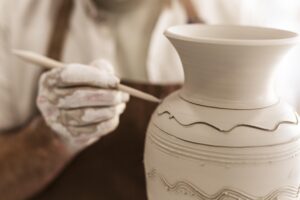
DIY Clay Project Ideas for All Skill Levels
Looking to put your clay skills into action? Try one of these creative projects:
1. Polymer Clay Jewelry
Create earrings, pendants, or rings using colorful polymer clay. Add texture with stamps, or blend colors for a marbled look.
2. Air-Dry Clay Wall Art
Design geometric shapes, moons, or abstract forms and attach them to wood or canvas for modern décor.
3. Miniature Clay Foods
Craft realistic tiny foods like donuts, sushi, or cakes. Popular for dollhouses or collectible charms.
4. Personalized Nameplates
Use slab techniques and stamps to create custom name signs or decorative quote tiles.
5. DIY Clay Planters
Make small pots or hanging planters using coiling or pinching techniques. Seal with waterproof varnish for durability.
Benefits of Working with Clay Art
Clay art offers more than just a creative outlet. It can also improve mental and emotional well-being. Here’s how:
-
Reduces stress: The tactile experience of molding clay is meditative and calming.
-
Improves focus: Clay work requires patience and attention to detail.
-
Builds motor skills: Ideal for children and adults developing hand coordination.
-
Encourages creativity: There’s no limit to what you can make.
-
Provides a potential income: Many artists sell handmade clay creations on Etsy or at craft fairs.
Clay Art for Kids
Clay is a fantastic medium for children, offering both fun and developmental benefits. Air-dry clay is especially great for little hands, allowing them to make:
-
Animal figurines
-
Handprint keepsakes
-
Holiday decorations
-
Simple pinch pots
Always supervise young children when working with clay, especially polymer clay, which requires baking.
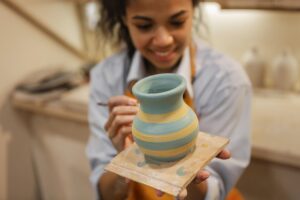
How to Take Clay Art Online: SEO Tips for Creators
If you’re an artist, blogger, or content creator, showcasing your clay art online can help you build a following. Here’s how to optimize your content for search engines and Pinterest:
✅ Google SEO Tips
-
Use keywords like “DIY clay projects,” “polymer clay ideas,” or “how to sculpt with clay” in headings and descriptions.
-
Optimize your images with ALT tags that describe the project.
-
Write long-form content (1000+ words) for higher ranking potential.
-
Structure your content with H2 and H3 headings, bullet points, and short paragraphs.
✅ Pinterest SEO Tips
-
Use vertical, high-resolution images (1000×1500 px or 2:3 ratio).
-
Create boards like “Clay Art Ideas,” “Air-Dry Clay Crafts,” or “Polymer Clay Jewelry.”
-
Write keyword-rich pin descriptions like:
“Learn how to make this DIY air-dry clay wall hanging. A simple, boho-inspired clay project perfect for beginners!” -
Add hashtags:
#ClayArt,#DIYClay,#PolymerClay,#ClayCrafts,#AirDryClay.
Final Thoughts: Start Your Clay Art Journey
Clay art is a fun, fulfilling, and endlessly creative form of self-expression. Whether you’re sculpting a tiny charm, throwing a ceramic bowl, or experimenting with air-dry clay, every project brings the joy of creation to life. With accessible materials and simple tools, you can get started right at home.
So go ahead—get your hands dirty and start shaping your imagination into something real!

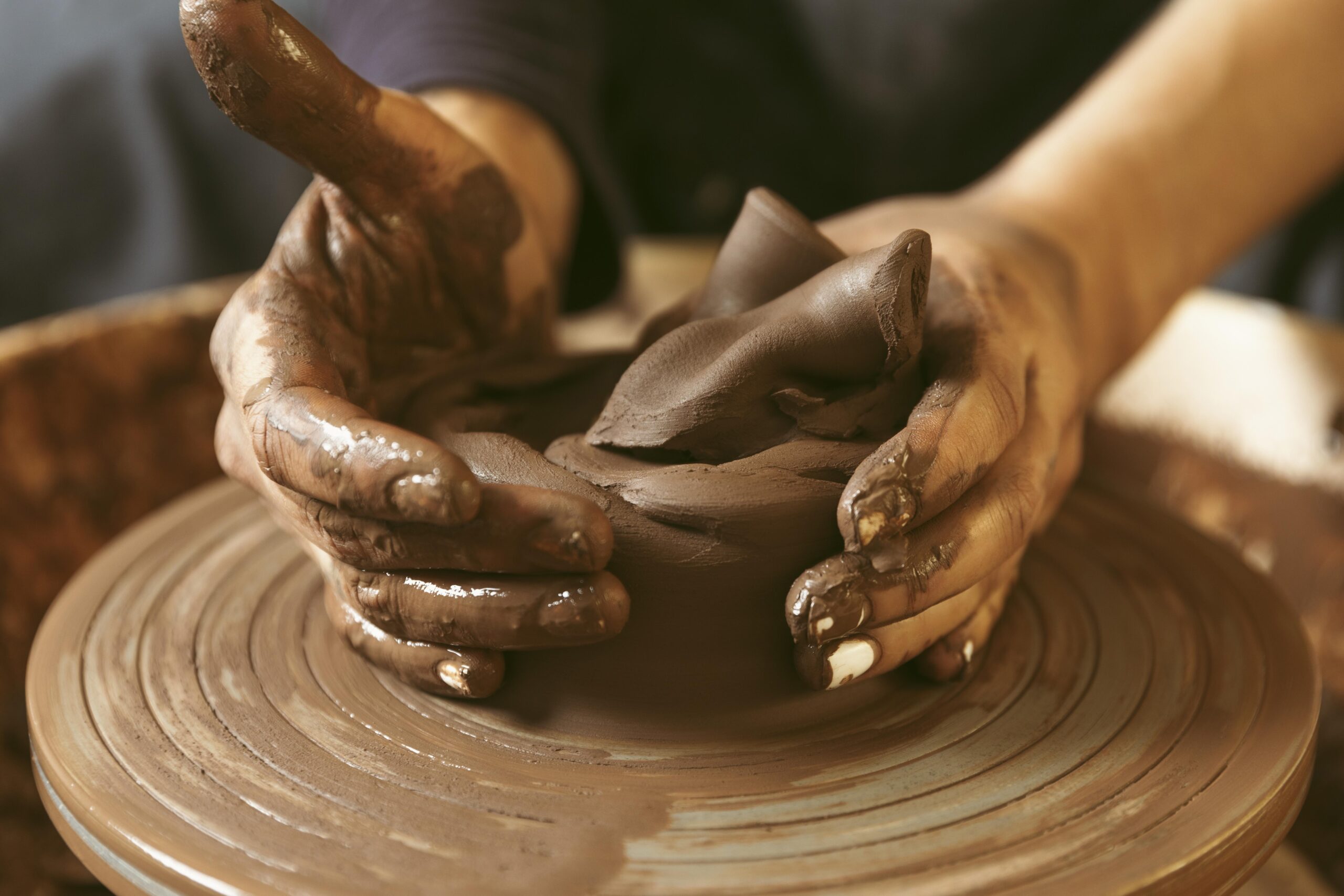
1 thought on “Clay Art: The Ultimate Guide to Techniques, Tools, and DIY Projects”